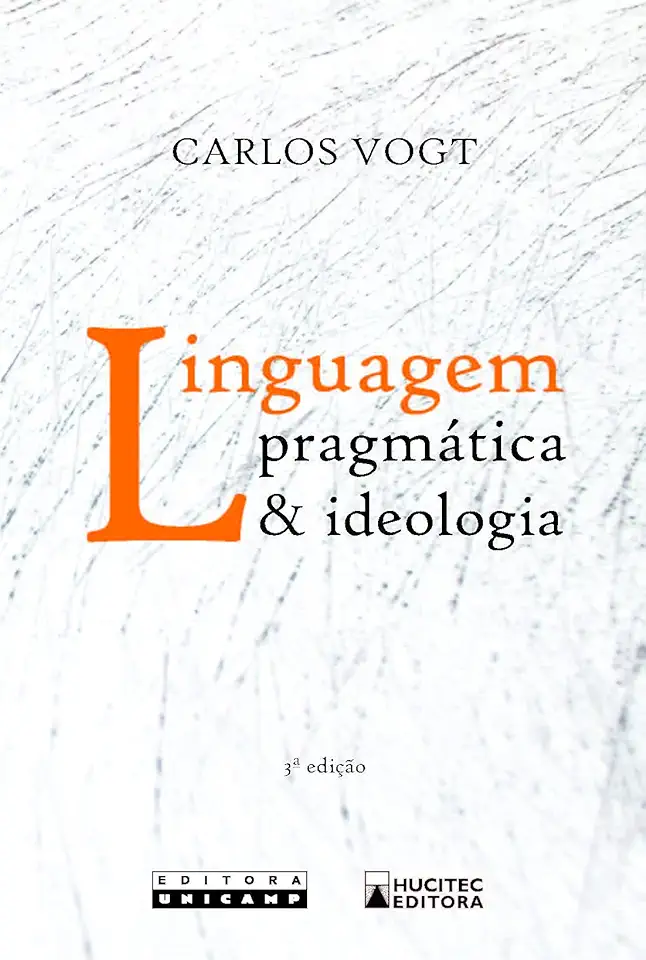
Structuralism and Linguistics - Oswald Ducrot
Structuralism and Linguistics: A Comprehensive Guide to the Study of Language
Introduction
In the realm of linguistics, structuralism stands as a pivotal movement that revolutionized our understanding of language and its underlying structures. This comprehensive guide, meticulously crafted by Oswald Ducrot, delves into the intricacies of structuralism, providing a profound exploration of its principles, methodologies, and far-reaching impact on the field of linguistics.
The Essence of Structuralism
Structuralism emerged as a groundbreaking approach to linguistics, emphasizing the systematic analysis of language as a self-contained system. This paradigm shift marked a departure from traditional approaches that focused primarily on the study of individual words and their meanings. Instead, structuralism placed emphasis on the underlying patterns and relationships that govern language, shedding light on the intricate mechanisms that enable human communication.
Key Concepts and Principles
At the heart of structuralism lies a set of fundamental concepts and principles that shape its analytical framework. Ducrot meticulously elucidates these concepts, including:
Langue and Parole: This distinction separates the abstract system of language (langue) from its actualization in speech (parole). This dichotomy provides a crucial lens for understanding the interplay between the underlying structures of language and their manifestation in real-world communication.
Synchronic and Diachronic Analysis: Structuralism emphasizes the study of language at a specific point in time (synchronic analysis) rather than tracing its historical evolution (diachronic analysis). This approach allows for a deeper understanding of the internal organization and functioning of language at a given moment.
Signifier and Signified: Ferdinand de Saussure's seminal concept of the sign, comprising the signifier (acoustic image) and the signified (concept), forms the cornerstone of structuralist analysis. This framework enables the exploration of the relationship between linguistic forms and the meanings they convey.
Methodologies and Techniques
Structuralism employs a range of rigorous methodologies and techniques to uncover the underlying structures of language. Ducrot provides a detailed examination of these methods, including:
Phonemic Analysis: This technique involves the systematic analysis of the sound system of a language, identifying the distinctive units (phonemes) that differentiate words.
Morphological Analysis: Morphological analysis delves into the internal structure of words, examining how morphemes (the smallest meaningful units) combine to form complex words.
Syntactic Analysis: Syntactic analysis focuses on the arrangement and relationships of words within sentences, revealing the underlying rules that govern sentence formation.
Impact on Linguistics and Beyond
Structuralism's influence on linguistics has been profound and far-reaching. Ducrot meticulously traces the impact of structuralism on various subfields, including:
Phonology: Structuralism revolutionized the study of phonology, leading to the development of generative phonology and other influential theories.
Morphology: Structuralist approaches to morphology provided a deeper understanding of word formation and the relationship between morphemes.
Syntax: Structuralism laid the groundwork for modern syntactic theories, such as transformational grammar and dependency grammar.
Beyond linguistics, structuralism's influence extended to other disciplines, including anthropology, sociology, and literary criticism, shaping the way scholars analyze and interpret cultural phenomena.
Conclusion
"Structuralism and Linguistics" stands as an indispensable resource for linguists, scholars, and anyone fascinated by the intricate workings of language. Oswald Ducrot's comprehensive exploration of structuralism provides a profound understanding of this groundbreaking movement, its key concepts, methodologies, and far-reaching impact on the field of linguistics and beyond. This book is a must-read for anyone seeking to delve into the depths of language and uncover the hidden structures that govern human communication.
Enjoyed the summary? Discover all the details and take your reading to the next level — [click here to view the book on Amazon!]